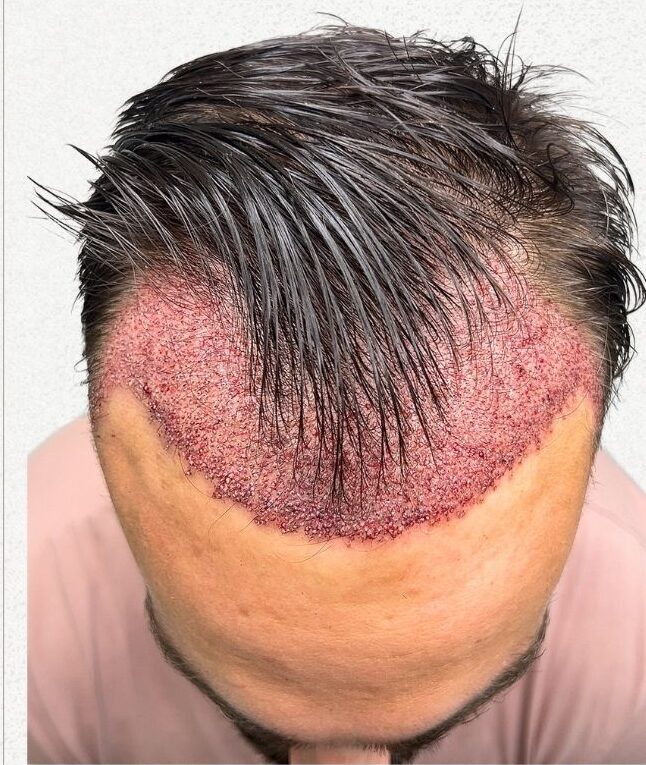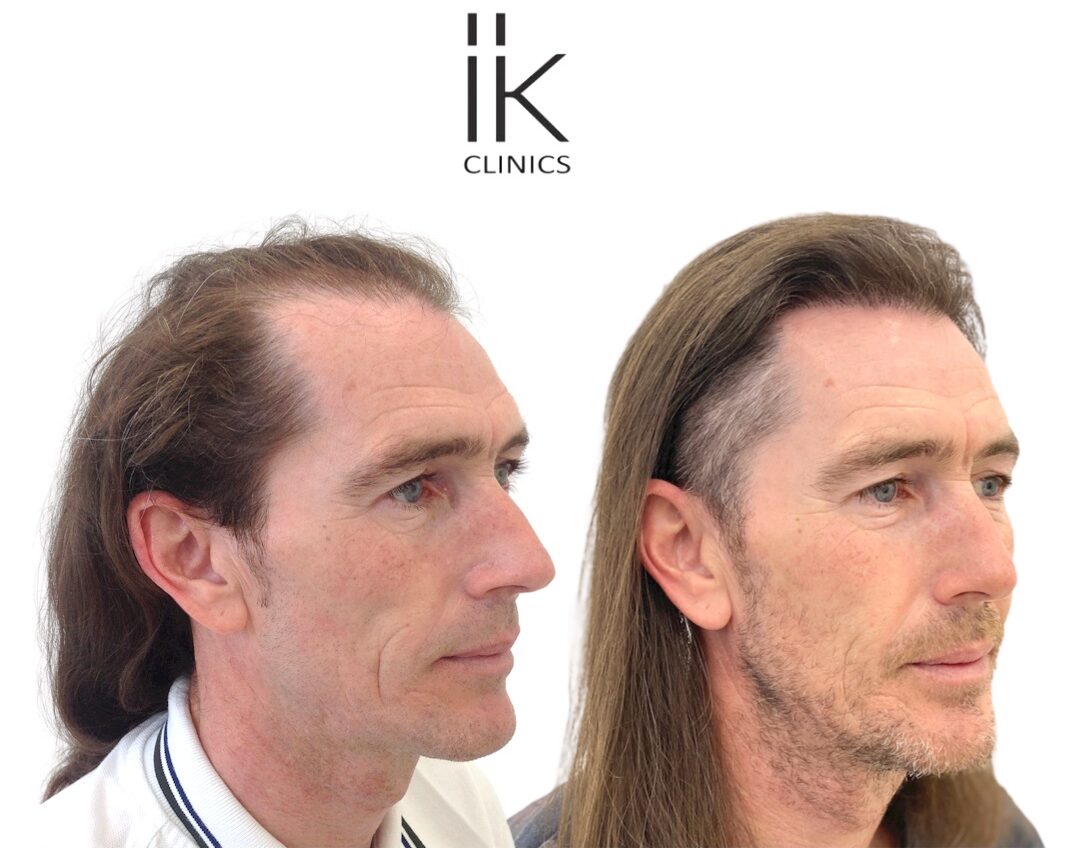Whether it’s a full beard, a neatly trimmed moustache, or defined eyebrows, facial hair can enhance confidence and personal style.
But what happens when hair loss affects these areas? Facial hair loss is more common than you might think and can be caused by genetics, medical conditions, or even lifestyle factors.
The good news? There are various treatments available to help restore and enhance facial hair growth. This guide will walk you through different facial hair loss treatments, how they work, and what you need to know before and after the procedure.
Understanding Facial Hair Loss
Facial hair loss can occur for several reasons. Genetics plays a major role, meaning if patchy or thin facial hair runs in your family, you may experience the same.
Conditions like alopecia areata, an autoimmune disorder, can cause random patches of hair loss. Scarring from injuries or surgeries can also lead to permanent hair loss in affected areas.
Hormonal imbalances, such as low testosterone, may affect beard growth, while certain medications and treatments, including chemotherapy, can result in temporary or permanent hair loss.
Before considering treatment, it’s essential to identify the underlying cause of your hair loss. Consulting a specialist, like our team at IK Clinics, can help determine the best course of action suited to your specific situation.
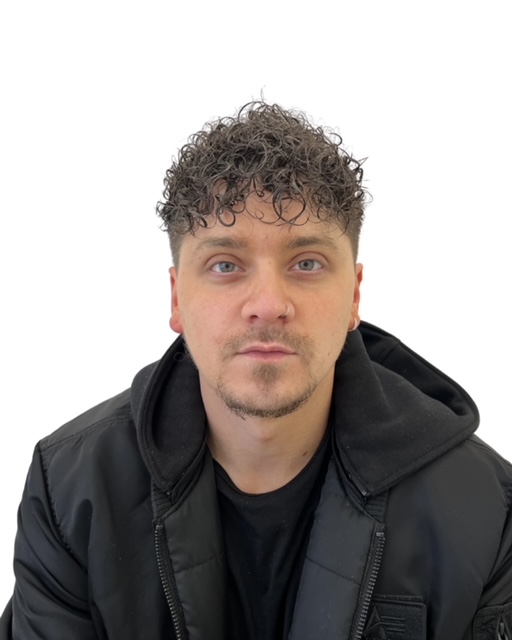
Types of Facial Hair Loss Treatments
If you’re looking to restore your facial hair, several effective treatments are available.
One of the most popular non-invasive options is Minoxidil, a topical solution commonly used for scalp hair loss but also effective for facial hair growth. Minoxidil stimulates hair follicles by improving blood flow, extending the hair growth phase, and making new hair appear thicker.
Typically applied twice a day on clean skin, it requires consistent use over several months to see noticeable improvements. Some users may experience dryness, irritation, or mild shedding before new hair growth starts.
For those seeking a more permanent solution, facial hair transplants offer excellent results. In this procedure, a surgeon extracts hair follicles from a donor area – usually the back of the scalp – and implants them into the beard, moustache, or eyebrows.
The procedure typically lasts between four to eight hours, depending on the number of grafts needed. Initial scabbing and redness may occur but subside within a week. While results take time to fully develop, new hair will begin to grow naturally within a few months, with complete results visible in about a year.
Another promising treatment is Platelet-Rich Plasma (PRP) therapy, a natural method that stimulates hair regrowth. This procedure involves drawing a small amount of blood, processing it to extract platelet-rich plasma, and injecting it into the affected areas.
PRP contains growth factors that awaken dormant hair follicles and promote new growth. Generally, three to six sessions over a few months yield the best results. Recovery is minimal, with mild redness or swelling disappearing within a day.
For those who want the look of thicker facial hair without undergoing a medical procedure, micropigmentation, also known as hair tattooing, is a great alternative. This treatment uses tiny pigment deposits to mimic the appearance of natural hair, creating the illusion of a fuller beard or defined eyebrows.
The results are immediate, though touch-ups may be required every few years to maintain the effect. However, this method does not promote actual hair growth but only enhances the aesthetic appearance.
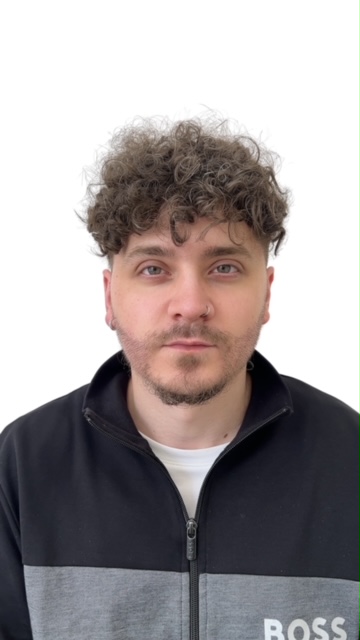
Preparing for Your Treatment
Before beginning any facial hair loss treatment, it’s important to be well-prepared. Doing thorough research on the chosen procedure will help you set realistic expectations.
Consulting a professional is highly recommended, as they can assess your condition and suggest the best treatment option. Additionally, maintaining a healthy lifestyle, including a balanced diet, stress management, and proper skincare, can contribute to better hair growth naturally.
Aftercare Tips
Post-treatment care is crucial for achieving optimal results. For Minoxidil users, keeping the skin moisturised can help prevent irritation or dryness.
If you have undergone a hair transplant, avoiding touching the area, following your doctor’s cleaning instructions, and allowing time for the new follicles to take root is essential. Those undergoing PRP therapy should avoid washing their face for 24 hours and limit excessive sweating for a couple of days.
Similarly, individuals opting for micropigmentation should protect the area from excessive sun exposure and follow aftercare instructions provided by their specialist.
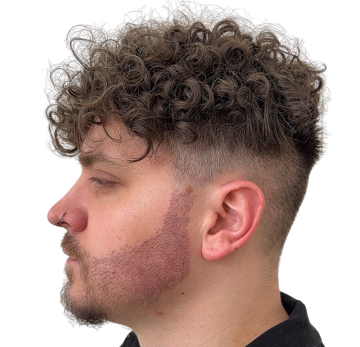
Final Thoughts
Facial hair loss doesn’t have to be permanent.
Whether you choose a topical solution like Minoxidil, a long-term approach like a hair transplant, or a non-invasive method like PRP, there are solutions available to help restore confidence.
The key is selecting a treatment that fits your needs, budget, and lifestyle. With patience and proper care, you’ll be on your way to achieving fuller, healthier facial hair in no time.
About IK Clinics
At IK Clinics, we are proud to stay at the forefront of global hair restoration trends, offering a variety of advanced techniques to meet the diverse needs of our clients. From FUE, PRP to Stem Cell Therapy, we ensure that every client’s treatment is tailored to their personal goals, helping them regain not just their hair but also their confidence.Interestingly, we don’t just stop at hair restoration treatments, our highly skilled team also offers a range of anti-aging treatments.

